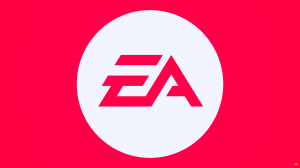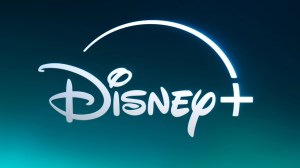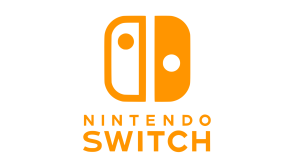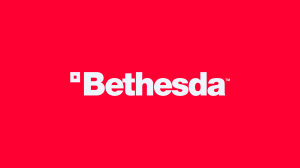WARNING: Major spoilers below for Thunderbolts*
Videos by ComicBook.com
By now, the cat is out of the bag: you know what the asterisk in Thunderbolts* is all about, and the team’s official name is the New Avengers, and they are acting as government-sanctioned superheroes by the time the credits roll for the latest Marvel Cinematic Universe adventure. There’s still some in-MCU discussion about whether Yelena’s (Florence Pugh) team should be called New Avengers, considering Sam Wilson (Anthony Mackie) is also putting together his own team. Still, until Avengers: Doomsday comes and shatters the Sacred Timeline, the New Avengers are saving the world from the Watchtower, a headquarters built in the former Avengers Tower.
As it usually happens with the MCU, Thunderbolts* doesn’t directly adapt specific storylines. Instead, it draws inspiration from multiple concepts that are part of Marvel Comics history, putting a unique spin on them for the MCU. In the case of the New Avengers, the team couldn’t be as different between the MCU and the comic books, even though both teams formed after the original Avengers disbanded.
Who Are the New Avengers in Marvel Comics?
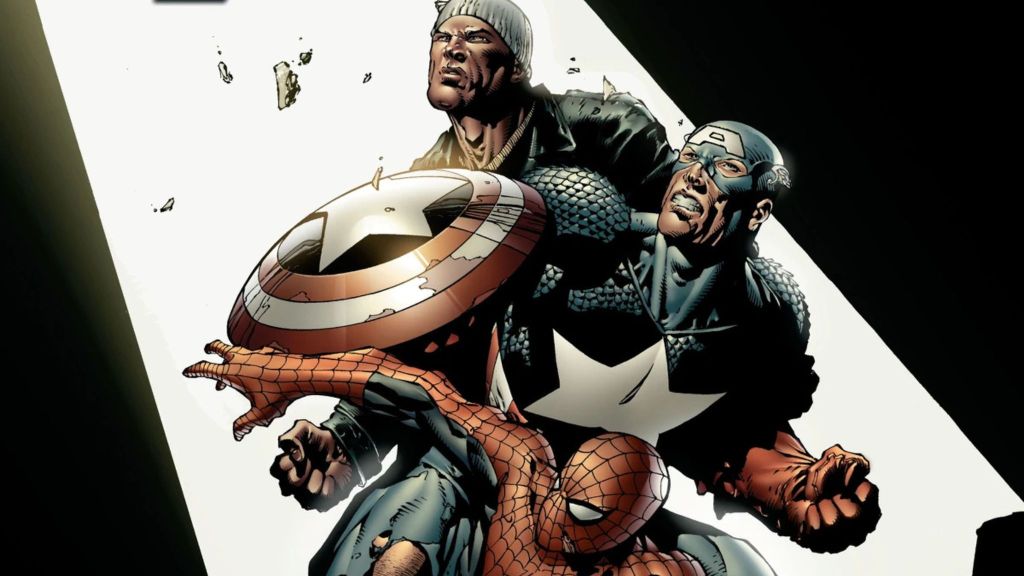
The history of the New Avengers begins with the “Avengers Disassembled” crossover event, which took place in the mid-2000s. Masterminded by writer Brian Michael Bendis and unfolding primarily across Avengers #500-503 and Avengers Finale in 2004, this storyline fundamentally shattered the status quo for Earth’s Mightiest Heroes. The story centered on Wanda Maximoff, the Scarlet Witch, who suffered a catastrophic mental breakdown related to the trauma of her lost children. Unconsciously unleashing her immense reality-altering hex powers, Wanda turned against her teammates in a series of devastating attacks. These assaults resulted in the deaths of Vision, Scott Lang, and Hawkeye, while also severely injuring Janet van Dyne. The attack also led to the destruction of Avengers Mansion, the team’s long-time base of operations. The sheer scale of the tragedy and internal betrayal irrevocably broke the team’s spirit and eroded public trust, forcing the remaining members to officially disband the Avengers.
Following the Avengers’ disbandment, the Marvel Universe was immediately without its most prominent superhero team. This absence removed the primary, globally recognized force dedicated to tackling large-scale threats and acting as a deterrent to major villains. While other hero teams like the Fantastic Four and X-Men remained active, they had their own specific focuses and couldn’t instantly fill the unique, central peacekeeping role the Avengers had occupied. This left the world without that dedicated rapid-response capability, a vulnerability swiftly exposed by subsequent events.
[RELATED: Comics Starter Pack: A Beginner’s Guide to the MCU’s Thunderbolts*]
That test came just six months later with a massive, engineered breakout at the Raft, the supposedly inescapable maximum-security island prison designed to hold superpowered criminals. The villain Electro, acting under secret orders, disabled the prison’s systems, allowing hundreds of inmates to run rampant. By chance, several heroes were present at the Raft when the breakout occurred, including Captain America and Iron Man. This impromptu gathering fought side-by-side to contain the riot, preventing a bad situation from getting even worse. Seeing this unexpected alliance work effectively in the heat of battle, Captain America declared that fate had brought them together and proposed that they form a new Avengers team on the spot. This new group, initially operating without official sanction or resources, became the foundation for Bendis and artist David Finch’s New Avengers series, launching in January 2005.
Which Heroes Were Part of Marvel Comics’ New Avengers?
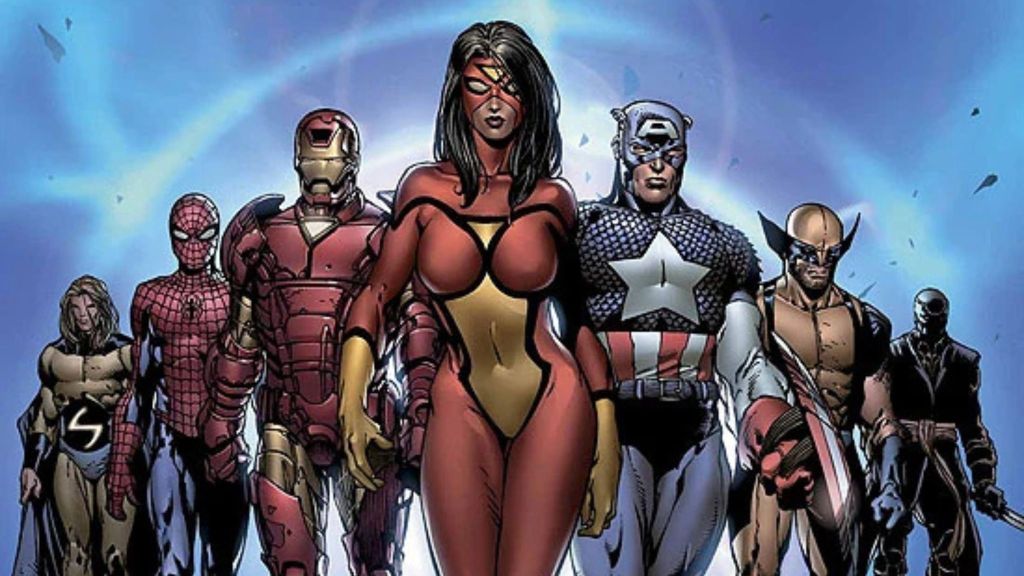
The initial lineup assembled by Bendis and Finch immediately established the New Avengers’ unique identity. Captain America and Iron Man provided a veteran core, but their teammates shattered the traditional Avengers mold. First of all, Spider-Man, Marvel’s quintessential loner, finally accepted an Avengers membership card. Then, Luke Cage, the unbreakable Hero for Hire, infused the team with street-level sensibilities, advocating for the Avengers to focus on the average Joe’s troubles as much as on galactic threats. Finally, Spider-Woman, an agent whose history with both S.H.I.E.L.D. and the villainous group HYDRA, added a layer of unpredictability to the roster and allowed the series to explore more espionage-infused storylines. This deliberate mix of globally recognized heroes and grounded powerhouses set the tone for a different kind of Avengers team.
Early additions further cemented the New Avengers‘ less conventional approach. Wolverine soon joined the New Avengers as an occasional member, someone who was not the face of the team but could help in morally challenging missions. The New Avengers also recruited the Sentry, taking responsibility for training and supporting Robert Reynolds despite his volatile mental state. The idea was to force the Avengers to look at themselves and realize how they could become better by taking responsibility for each other and the communities surrounding them, instead of just thinking of Earth’s Mightiest Defenders as warriors engaged in epic battles.
The New Avengers team introduced in Thunderbolts* is quite different, as they work for the government instead of being independent agents. Furthermore, apart from Sentry, the MCU’s New Avengers roster differs from the comic books. Yet, they both are responses to a world without the Avengers, born from the tragedies that previously split the heroes apart.
Thunderbolts* is now available in theaters.
How did you like the MCU version of the New Avengers? Join the discussion in the comments!


